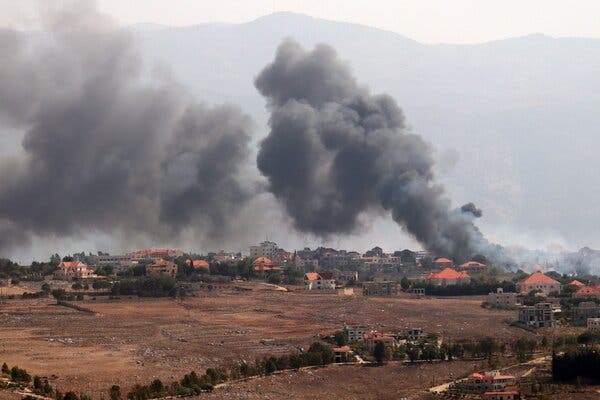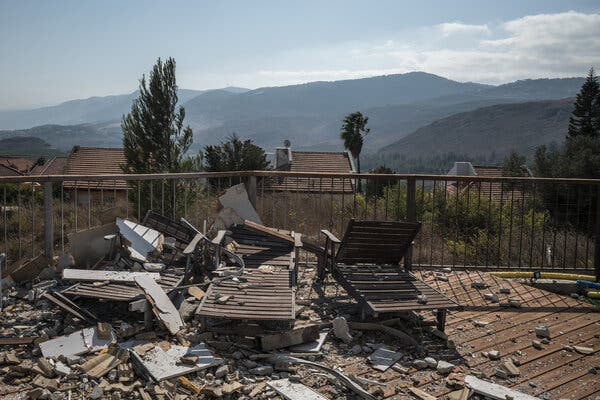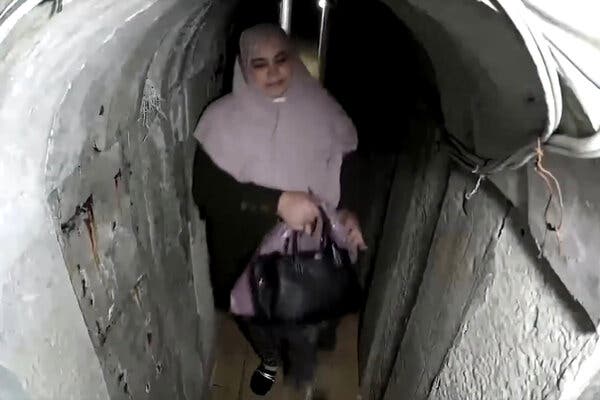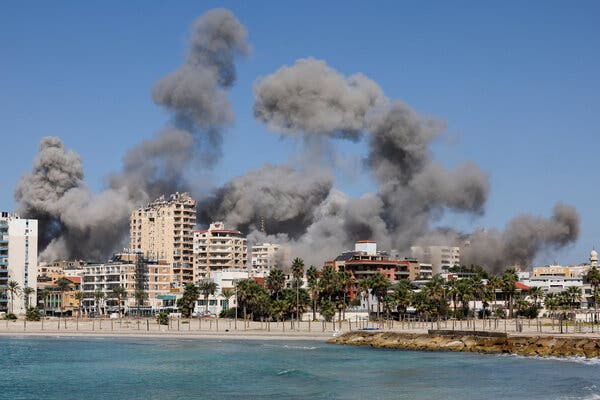Biden administration officials are discussing whether a United Nations plan that ended Israel’s last invasion of Lebanon can be built to last this time.

At the heart of the frantic diplomatic efforts to halt Israel’s invasion of southern Lebanon is a decades-old United Nations resolution that was intended to demilitarize the area and protect Israel from cross-border attacks by Hezbollah.
All parties agree that the measure, Security Council Resolution 1701, has been a complete failure. They also agree that reviving it may be the only way out of Israel’s widening war to its north.
“The outcome that we want to see is the full implementation of U.N. Security Council Resolution 1701,” the State Department spokesman, Matthew Miller, told reporters on Monday, speaking of Israel’s continuing assault in Lebanon.
Mr. Miller said that would mean the withdrawal of Hezbollah forces from the Israel-Lebanon border, and the deployment of U.N. and Lebanese army forces into the buffer zone in southern Lebanon that the resolution had sought to create.
The U.N. Security Council unanimously adopted Resolution 1701 in August 2006 as part of a cease-fire that ended Israel’s last war with Lebanon. The resolution called for “an area free of any armed personnel, assets and weapons other than those of” Lebanon’s government and a U.N. peacekeeping force in the area known as the United Nations Interim Force in Lebanon, or UNIFIL.
In recent days, the question of how to restore that resolution has consumed senior U.S. officials, including Secretary of State Antony J. Blinken and Amos Hochstein, a senior White House national security aide who has been working for months to broker an agreement between Israel and Hezbollah to restore calm along the Israel-Lebanon border. Mr. Blinken has also been working the phones with Arab officials to discuss Lebanon’s political future, in which U.S. officials hope the influence of Hezbollah, which is backed by Iran, will be diminished.



